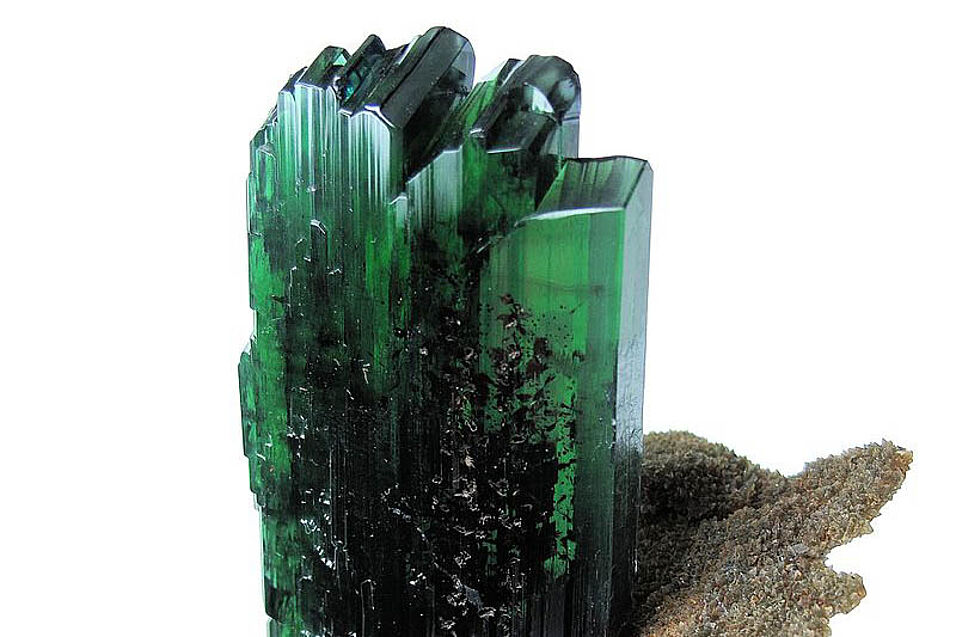Thus, the project is focused on the rates and mechanisms involved in iron and phosphorus mobilization from vivianite and will investigate the effect of the geochemical environment on this process. The effect of precipitation of secondary minerals will be studied and the effect of naturally occurring iron binding ligands (including low molecular weight organic acids, siderophores, humic substances) on the rates of mineral dissolution will be quantified. State of the art analytical tools will be used as well as geochemical modelling. The project will be performed in close collaboration with the P-Trap partners and involves secondments at academic partners in the consortium (EAWAG and Utrecht University), but also at the company Fertiberia.

